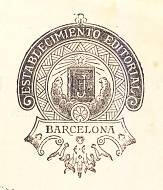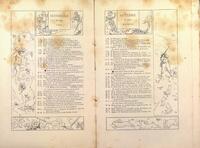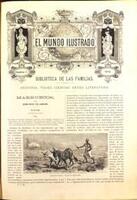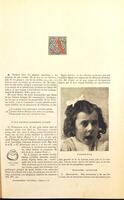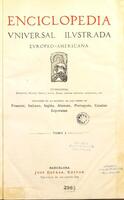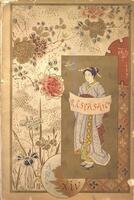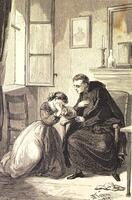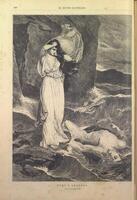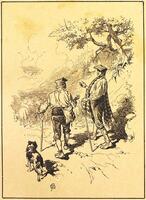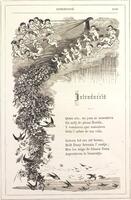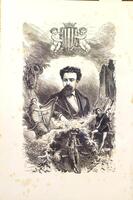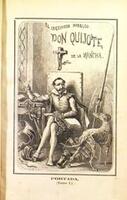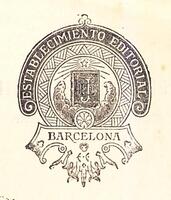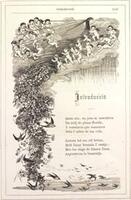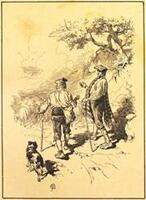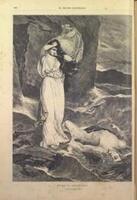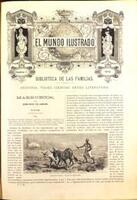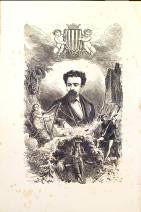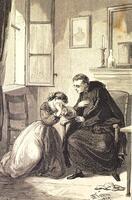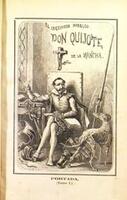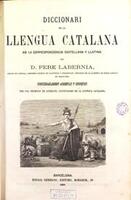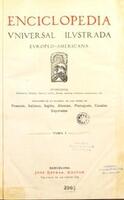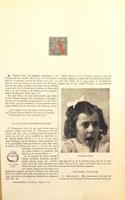Espasa
(Updated 08/10/2024)
Espasa was founded in Barcelona in 1860 by Josep Espasa, who with his brothers created the Espasa Hermanos publishing house. Initially, it primarily specialised in illustrated books, and it dominated this sector of the market until new companies were founded. Translations, primarily of medical works, were another of this imprint’s lines of publication.
It has left its mark worldwide through the Enciclopedia universal ilustrada europeo-americana, issued in conjunction with CALPE (Compañía Anónima de Librería y Publicaciones Españolas). This prestigious work, which includes 70 volumes with 10 appendixes and 27 supplements, was indispensable in libraries, archives, universities, companies and even private homes in the 20th century. It was the outcome of the project that Josep Espasa i Anguera started in 1907.
+ informationSearch collections
Editorial Espasa collection at the Biblioteca de Catalunya
Documents on assets and family documentation of the founder of Espasa and his heirs is conserved.
Archivo Regional de la Comunidad de Madrid (Fondo Nicolás María de Urgoiti)
Records, reports, stadistics, correspondence related to Espasa. Basic dates: 1922-1975, predominance of the twenties and thirties.
More information and documentation on the works produced
Catalogue of publishers of Catalonia until 1939 (Biblioteca de Catalunya)
Castellano, Philippe. Enciclopedia Espasa: historia de una aventura editorial. Madrid: Espasa, cop. 2000
Llanas, Manuel. L'Edició a Catalunya. Segle XIX. Barcelona: Gremi d'Editors de Catalunya, 2004.
Llanas, Manuel. L'Edició a Catalunya. Segle XX (fins a 1939). Barcelona: Gremi d'Editors de Catalunya, 2005.
Sánchez Vigil, Juan Miguel. CALPE: paradigma editorial (1918-1925). Gijón: Trea, 2005. Ressenya de l'obra a Espéculo.
